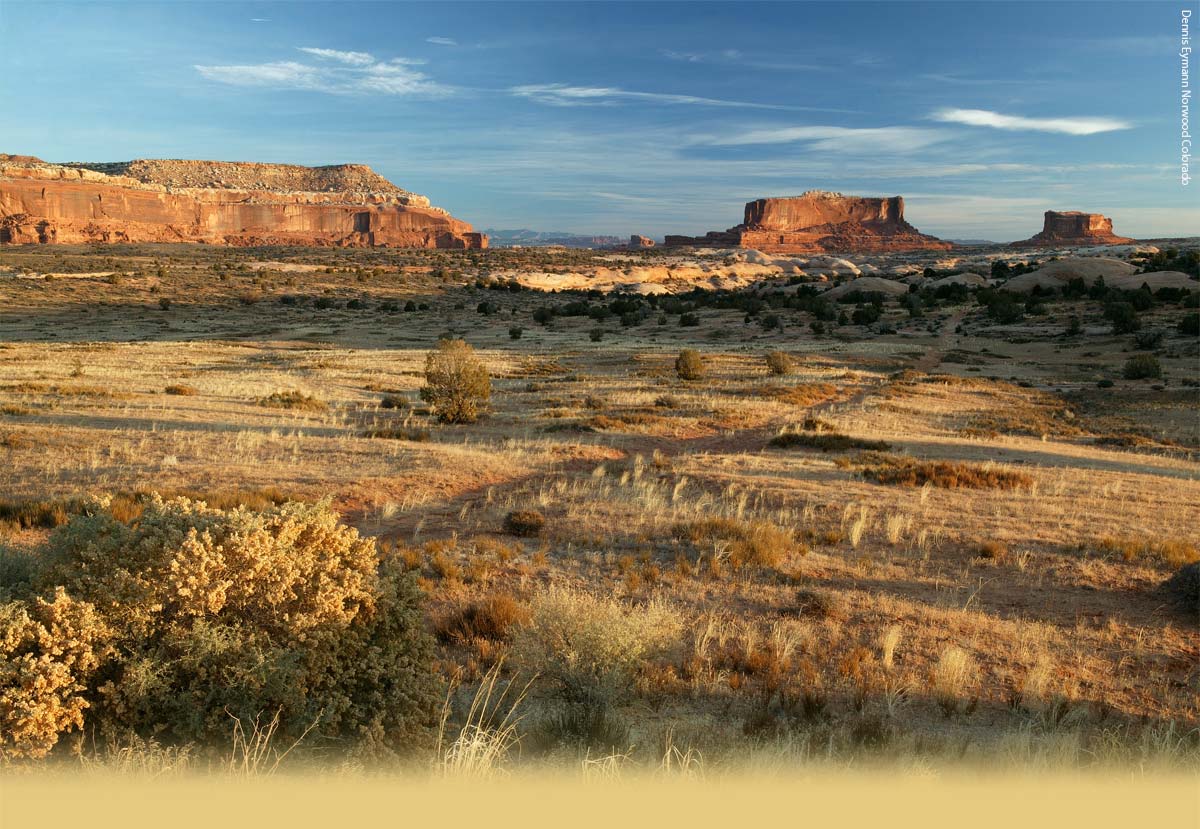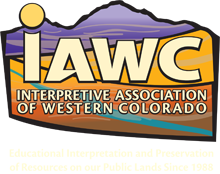Naturally inclined: GJ woman makes name for herself in environmental filmmaking
GJ woman makes name for herself in environmental filmmaking
By Melinda Mawdsley
EDITOR’S NOTE:
This is the first in a series of stories following local environmental filmmaker Mara Ferris as she works on a video chronicling the re-stabilization of the Driggs Mansion on the Unaweep/Tabeguache Scenic and Historic Byway. Ferris is making the video for the Western Colorado Interpretive Association. Look for more about Ferris and her project in the upcoming weeks.
Mara on the move
Within the past few months, Mara Ferris completed a five-minute video for the Western Colorado Interpretive Association highlighting reconstruction of The Hanging Flume near Naturita and a video for the Colorado Canyons Association about a student scavenger hunt.
Mara Ferris is a local artist, just not in the traditional sense.
While some local artists see nature as inspiration for paintings, photographs or even original songs, Ferris views nature through a video camera lens, capturing stories and images of the outdoors as an independent filmmaker.
“The art of storytelling, applied through a visual medium has the potential to be an invaluable resource in engaging social, environmental and cultural awareness,” Ferris wrote on the introductory page of her website, gen9productions.net.
Since moving to Grand Junction in 2006, the 39-year-old Ferris has expanded her filmmaking business, Gen9 Productions, to the point where word of mouth and a growing network of people who know the work she does — environmental videos and documentaries — keeps her busy.
One of Ferris’ current projects is a video for the Western Colorado Interpretive Association that chronicles the re-stabilization of the Driggs Mansion on the Unaweep/Tabeguache Scenic and Historic Byway.
“She’s just on the threshold of doing great things, and we’re glad to be a part of it,” said Chris Miller, executive director of the association.
Miller’s decision to hire Ferris, a self-taught filmmaker, wasn’t because Ferris had an extensive portfolio or lifelong ties to the area. Miller hired Ferris, a Kansas native, because Miller liked what she saw in videos Ferris shot for the Bureau of Land Management and Colorado Canyons Association.
“I thought she was a breath of fresh air,” Miller said. “When you find somebody who’s trying to get a new take on it, you can see it from the work they are doing.”
Ferris prides herself on being a good listener while conducting interviews and interacting with clients, letting the story she sees outdoors tell itself with no personal agenda. Those aren’t necessarily qualities every environmental filmmaker has, Miller said.
“I want the story to have a life of its own, to be as authentic as possible,” Ferris said.
With no formal training in environmental filmmaking, Ferris has spent the past decade learning how to ask questions of her sources, capture footage in the best light, and incorporate audio and video into a well-edited project.
She also has learned how to do all of that while working solo with minimal equipment because gear is expensive and heavy.
“Early on, I realized I wanted to be portable with my gear, and I’ve kept that,” she said.
Ferris’ decision to become an environmental documentarian and filmmaker dates back to 2003 when she enrolled in graduate school at Boulder’s Naropa University.
She got a hand-me-down video camera from her father and thought it sounded like a fun project to make a short video documenting how people in urban environments connect with nature. She went to downtown Denver and the Rocky Flats area to talk to people and capture images.
“It was very raw,” Ferris said of the video. “But I got hooked on … the power this medium could have in its capacity for storytelling.”
During graduate school, Ferris met the man who became her husband, Joe Neuhof, also an avid nature lover and frequent partner on her video excursions.
When Neuhof was offered a position as Western Slope director for the Colorado Environmental Coalition in 2006, Ferris decided to move herself and her business aspirations with him.
Ferris did not, however, immediately put her name out there as a Grand Junction filmmaker, opting to instead build her clientele slowly while simultaneously learning more about western Colorado and filmmaking.
“I wanted to give myself a chance to grow my skill set,” Ferris said.
More established in Grand Junction personally and professionally these days, Ferris has started to build a reputation.
In July 2011, she won an award from the American Association of State and Location History for her 35-minute documentary “Stories from the Land: McInnis Canyons National Conservation Area.”
She also screened her short video “One in a Vermillion” at the inaugural Paonia Film Festival in 2011.
In May, Ferris had another documentary, “Stories from the Land: The Northern Dolores River Valley,” screened at the Museum of Western Colorado.
Within the past few months, Ferris completed a five-minute video for Western Colorado Interpretive Association highlighting reconstruction of The Hanging Flume near Naturita and a video for Colorado Canyons Association about a student scavenger hunt.
Both can be viewed on her website, along with a comprehensive list of past clients.
Ferris plans to shoot a documentary for the Western Slope ATV Association in the spring.
Neuhof, executive director of the Colorado Canyons Association but not responsible for hiring Ferris on any of that association’s video projects, has been around his wife long enough to know why she has found the perfect creative outlet in environmental filmmaking.
“We’re both inspired by the natural beauty of where we live, and she’s very interested in the way people experience the environment, not just in protection and conservation but how everyone connects with it,” Neuhof said. “Above all, Mara is an artist, She’s telling stories. She’s just using visual media to tell her stories.”

